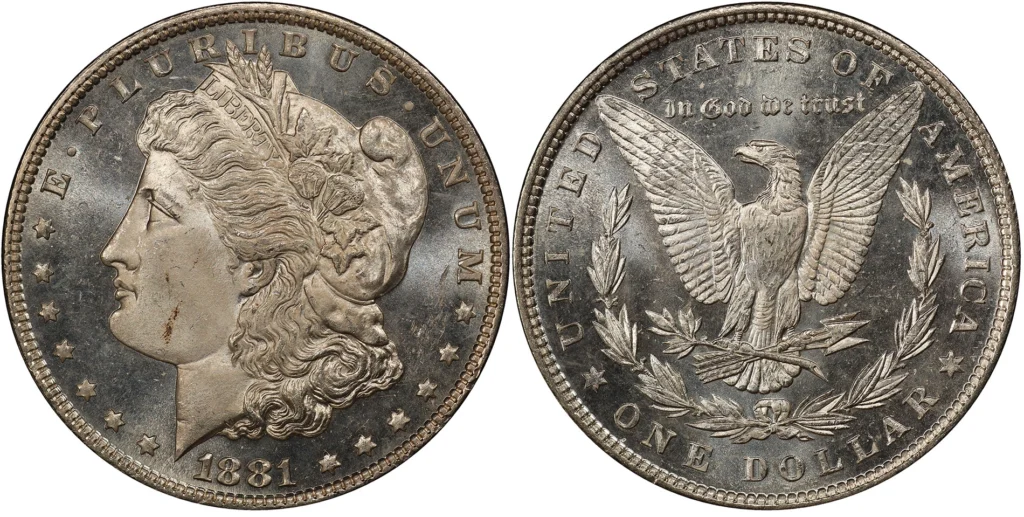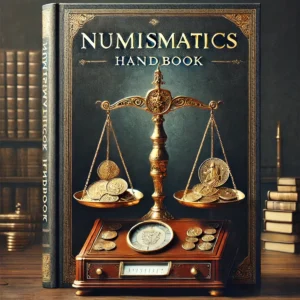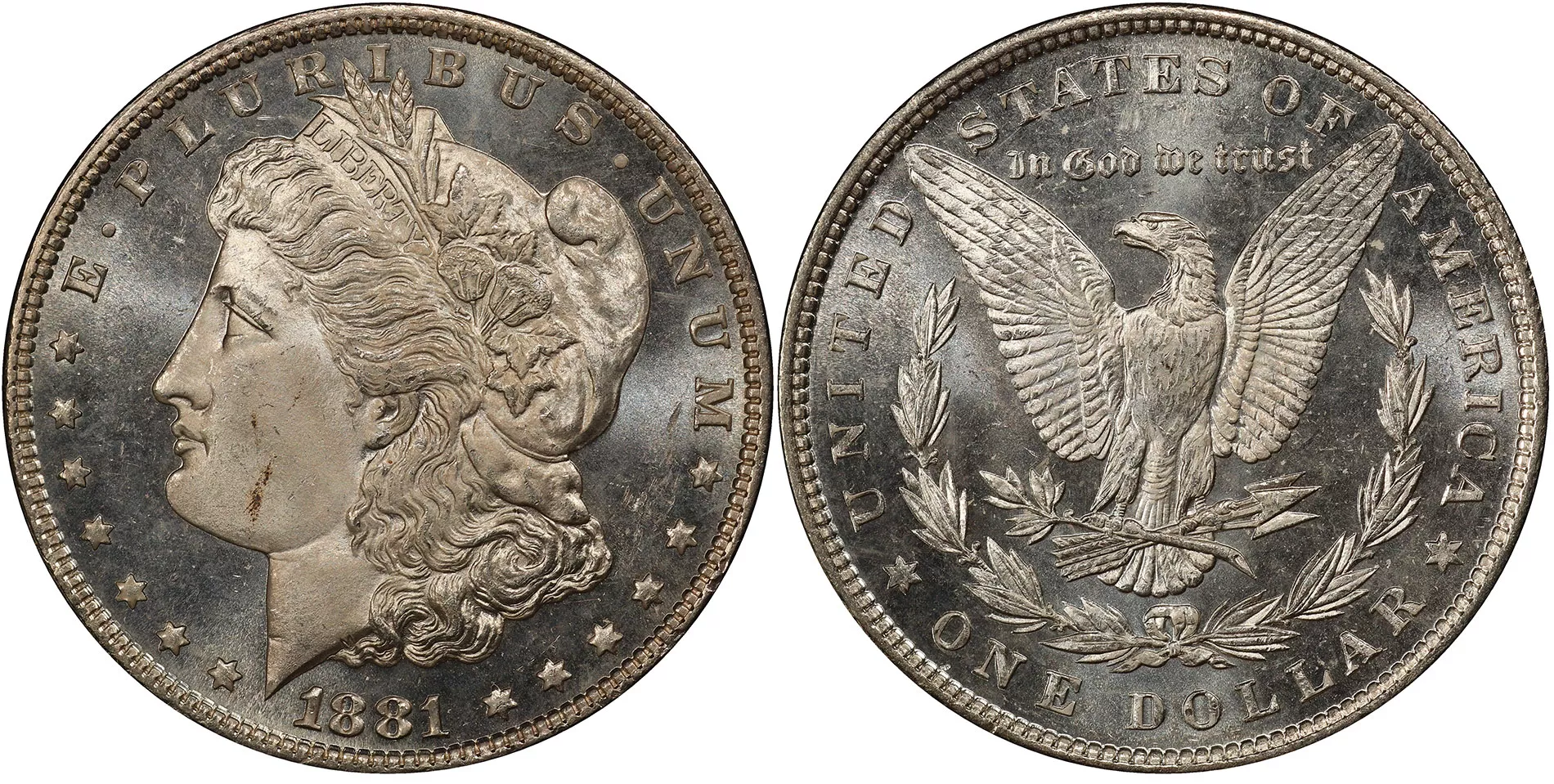American Proof Coins & Special Mint Sets
Proof and special mint sets are often overlooked treasures in U.S. coin collecting. Struck with extraordinary care and brilliant finishes, these sets showcase some of the finest craftsmanship the U.S. Mint has ever produced — and savvy collectors know they offer far more than shiny packaging.

Whether modern or vintage, silver or clad, proof and special mint sets often fly under the radar — which is exactly where smart collectors find lasting value. In fact, many sets that once sold for a few dollars above face value now command hundreds or even thousands of dollars if preserved properly.
📘 Download the full guide: Numismatist’s Handbook — A +135-page expert resource on U.S. coin collecting.
Why U.S. Proof Coins & Special Mint Sets Matter
Proof and special mint coins aren’t just beautiful — they represent important milestones in American minting history. From the earliest hand-struck proofs of the 1800s to today’s precision laser-etched marvels, these coins reflect periods of innovation, pride, and artistry.
Collectors pursue proof and special mint sets because:
- They feature superior strike quality and visual appeal.
- They often include limited-mintage or first-year designs.
- They preserve historic U.S. coin designs in pristine condition.
- Some older and rare sets have appreciated significantly in value.

Each set captures a unique chapter in the story of American coinage. Especially when silver content, special finishes, or cameo contrasts are involved, these sets can become hidden gems for collectors who know where to look.
Types of U.S. Proof Coins and Special Mint Sets
1. Standard Proof Sets (1936–Present)
Highly polished dies and carefully prepared planchets create coins with sharp, mirror-like fields and frosted design elements.
Key Notes:
- Silver proofs (pre-1965 and from 1992–present) command strong premiums due to their precious metal content.
- Clad proofs (post-1971) are more affordable, making them a great entry point for building complete sets.
2. Special Mint Sets (SMS) (1965–1967)
During the temporary suspension of regular proof sets, the U.S. Mint produced Special Mint Sets with a unique satin-like finish.
Why They Matter:
- The 1965 SMS coins often show attractive cameo contrasts.
- Deep cameo examples from the 1967 SMS can fetch significant premiums in high grades.
3. Modern Silver Proof Sets (1992–Present)
Modern silver proofs are struck in .999 fine silver and feature enhanced designs, including sharper details and better reflectivity.
Hot Modern Sets:
- State Quarter Silver Proof Sets (1999–2009)
- America the Beautiful Silver Proof Sets (2010–2021)
- American Women Quarters Silver Proof Sets (2022–2025)

Silver Proof Sets vs. Clad Proof Sets
| Feature | Silver Proof Set | Clad Proof Set |
|---|---|---|
| Composition | 90% or 99.9% silver (depending on year) | Copper-nickel clad |
| Visual Appeal | Bright, brilliant finish with deeper contrast | Similar appearance but less luster |
| Intrinsic Value | Strong (silver content) | Minimal |
| Investment Potential | Higher | Lower |
| Popular Years | 1950–1964, 1992–Present | 1971–Present |
✅ Silver proof sets tend to hold value better over time, offering both collectible and bullion appeal.
Most Valuable U.S. Proof Coins and Special Mint Sets
| Year | Set Type | Est. Value (Complete Set) |
|---|---|---|
| 1936 Proof Set | 5-Coin Silver Set | $5,000+ |
| 1950 Proof Set | First Regular Post-War Set | $1,200–$1,500 |
| 1965 SMS (Deep Cameo Coins) | Special Mint Set | $200–$1,000+ (depending on coin grades) |
| 1995-W Silver Eagle Proof | Standalone Ultra-Low Mintage Coin | $3,000–$5,000 |
| 2019-S Enhanced Reverse Proof Silver Eagle | Standalone Coin | $2,000–$3,500 |
🔔 Tip: Condition, certified grading (especially Deep Cameo designations), and full packaging completeness are critical factors in maximizing set values.

Proof Coins vs Regular Circulation Coins
| Aspect | Proof Coins | Circulation Coins |
|---|---|---|
| Strike Quality | Double or triple-struck for sharpness | Single strike |
| Finish | Mirror fields with frosted devices | Matte or standard finish |
| Rarity | Often lower mintage | Mass-produced |
| Packaging | Special presentation cases | None |
| Collector Appeal | High among specialists | More casual interest |
Collector Tip:
Proof coins, when kept in original mint packaging and free of hairlines, maintain far better long-term value than circulation coins.
How to Spot Valuable Proof Coins & Mint Sets
When evaluating proof and special mint sets, look for:
- Low-mintage years (especially 1936–1955 and select 1990s).
- Deep cameo contrasts on coins from the 1950s–1960s.
- Silver content in proofs from before 1965 and modern silver issues.
- Packaging varieties or error sets (especially in 1965–1967 SMS coins).
- Sealed, unopened Mint packaging, which often adds a premium.
Sharp-eyed collectors can sometimes find overlooked high-grade sets hiding in estate sales, coin shows, or even online auctions.
How to Sell Proof & Special Mint Sets
To maximize returns:
- Certify important coins with PCGS or NGC, especially those with Deep Cameo or Ultra Cameo designations.
- Keep full, original packaging — including boxes, COAs, and capsules — intact.
- Use major online auctions like Heritage Auctions and GreatCollections for rare or high-end sets.
- Sell on eBay for modern common sets — professional photos and clear descriptions matter.
🛑 Warning: Never clean proof coins. Even minor scratches or hairlines dramatically lower value.

What is a proof set in U.S. coin collecting?
A proof set is a collection of specially struck U.S. coins featuring sharp details, mirror-like fields, and frosted designs. These coins are made for collectors and sold directly by the U.S. Mint.
Are U.S. proof sets valuable?
Many proof sets are valuable, especially those from earlier years like 1936–1955 and sets that contain silver coins. Factors like mintage, silver content, condition, and Deep Cameo appearance influence their value.
What is the difference between a proof set and a mint set?
Proof sets feature coins made with special dies and finishes for maximum detail and brilliance. Regular mint sets contain uncirculated coins struck for everyday use without special finishes.
What is a Special Mint Set (SMS)?
Special Mint Sets were issued from 1965 to 1967 during a pause in proof set production. SMS coins have a satin-like finish and sometimes display strong cameo contrasts that make them desirable to collectors.
How can I tell if a proof set contains silver coins?
You can identify silver proof sets by the year and labeling. Sets made before 1965 usually contain 90% silver coins. Modern silver proof sets, starting in 1992, are labeled as such and include certificates of authenticity.
Which U.S. proof sets are the most valuable?
The most valuable U.S. proof sets include the 1936 5-coin silver set, the 1950 proof set, and rare standalone coins like the 1995-W Silver Eagle proof. Values can range from a few hundred to several thousand dollars.
What is a Deep Cameo proof coin?
A Deep Cameo proof coin features strong frosted designs and highly reflective fields. Older proof coins with this deep contrast, especially from before 1970, are rare and command strong premiums when certified.
Can you find errors in proof and mint sets?
Yes, some proof and special mint sets contain rare errors such as missing design elements, double strikes, or cameo anomalies. These error coins can be highly valuable when properly authenticated.
Should I get proof coins graded?
Yes, grading proof coins through services like PCGS or NGC can significantly boost their value, especially if they earn Deep Cameo or Ultra Cameo designations. Graded proof coins are more attractive to serious collectors.
Where is the best place to sell U.S. proof sets?
Rare and valuable proof sets sell best through auction houses like Heritage Auctions or GreatCollections. Modern and common proof sets are often sold effectively on eBay or through reputable local coin dealers.

